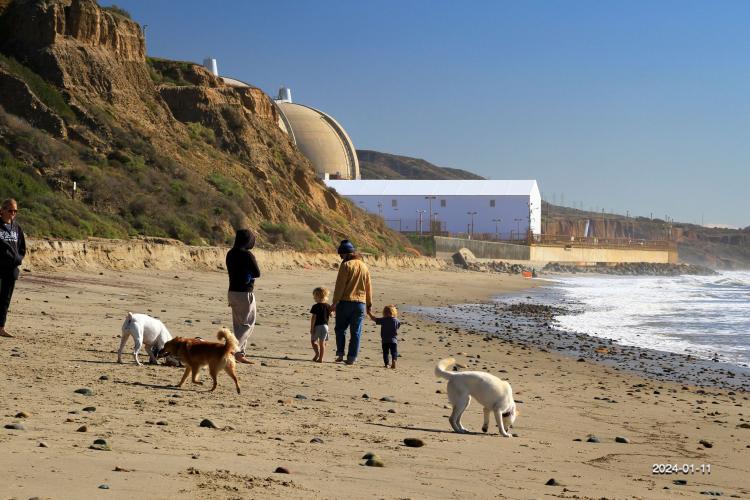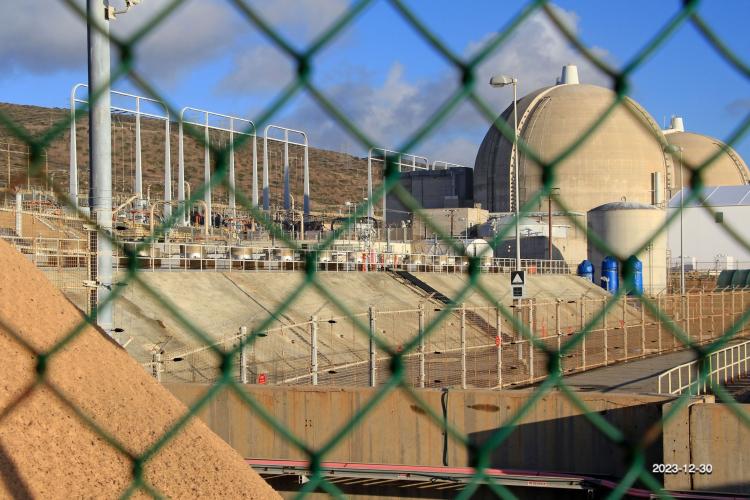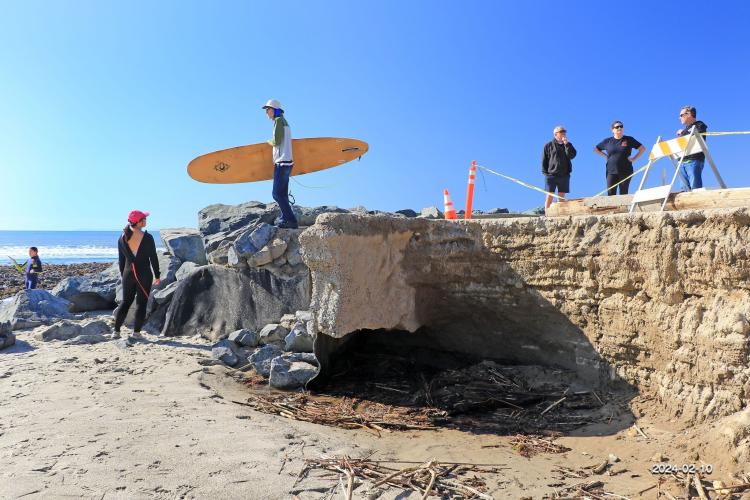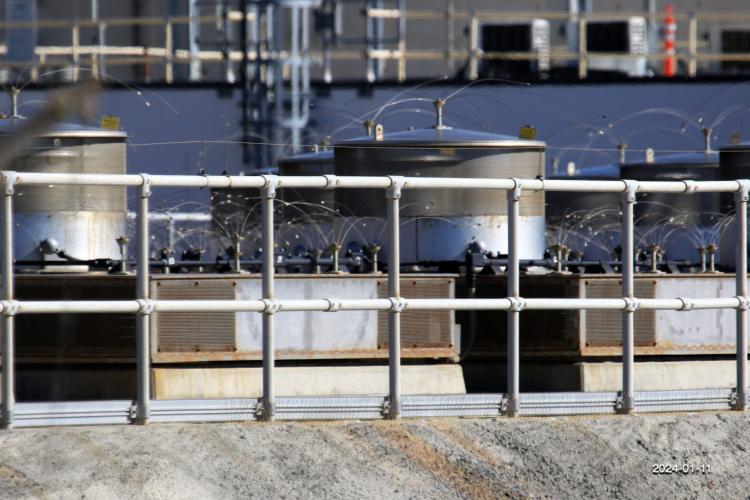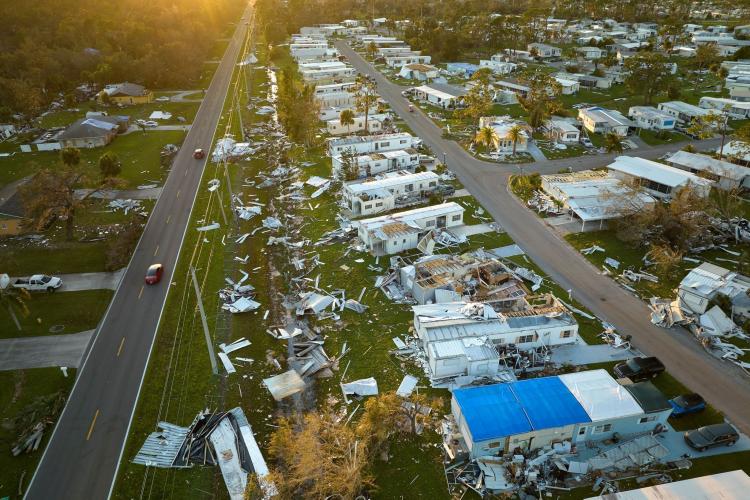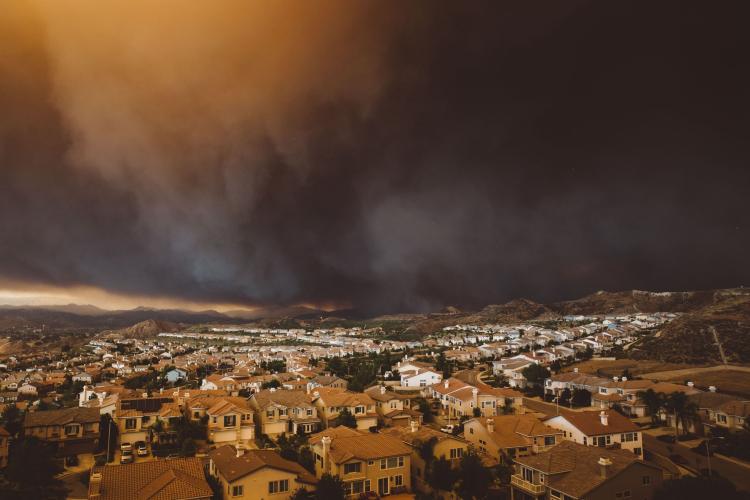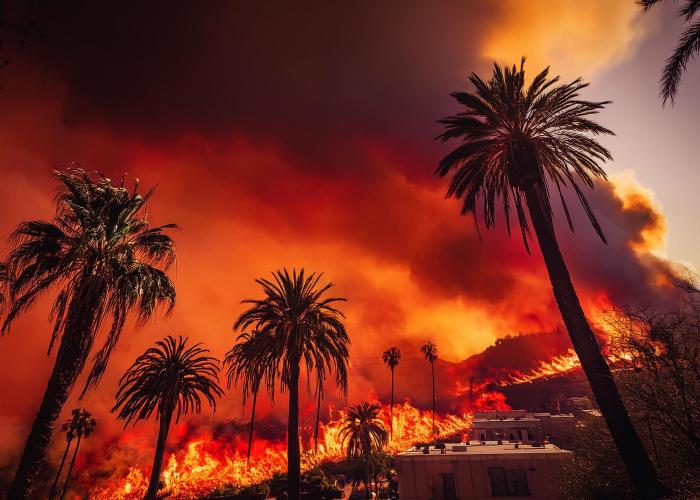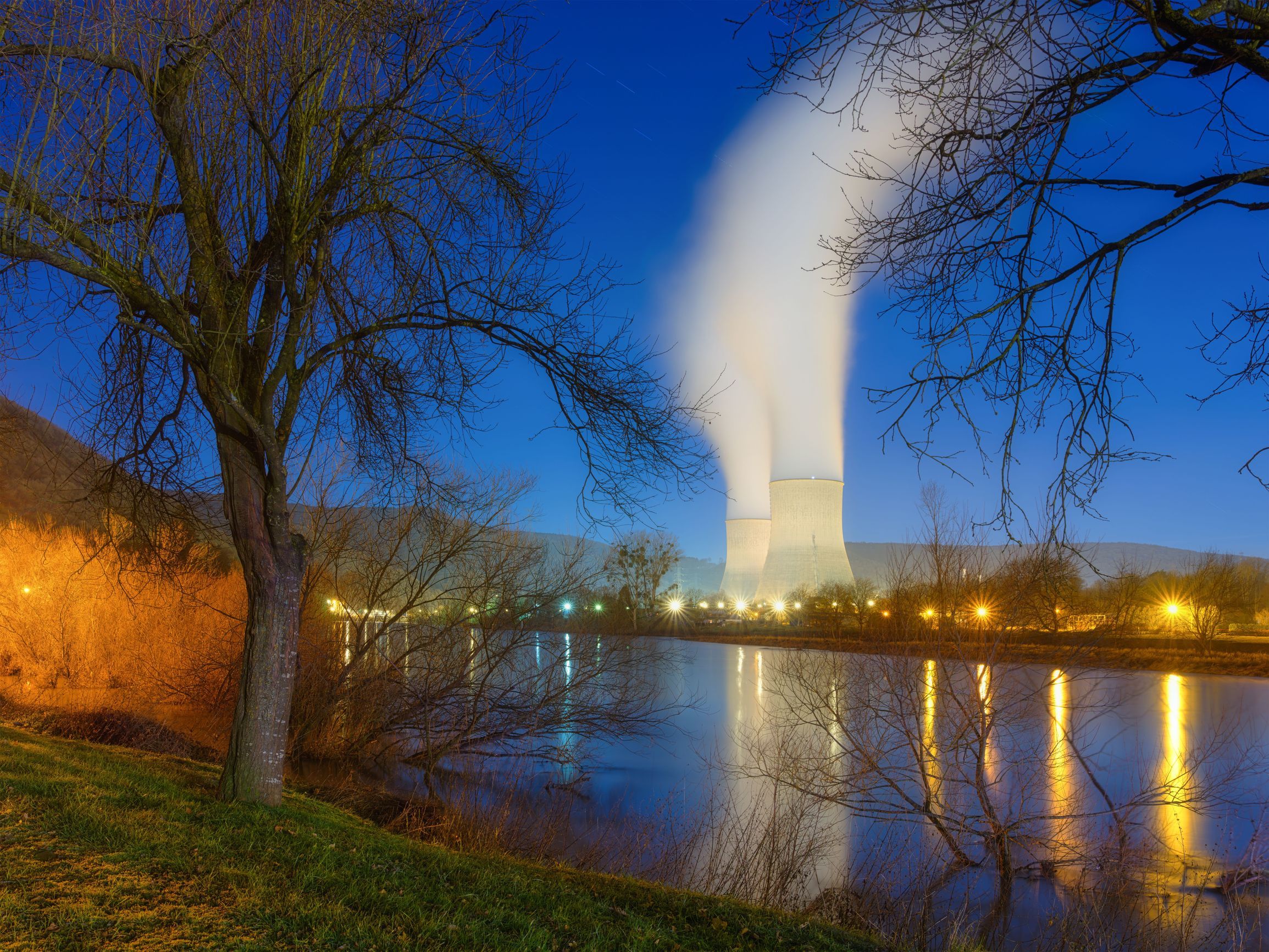
Living in the Shadow of Risk
@evgeniybiletskiy
For communities near aging nuclear plants, fear of disaster is constant. The psychological toll of living beside these facilities is a hidden health crisis.
For communities living near high-risk industrial or environmental sites, the threat of disaster is not a distant possibility but a daily reality. The psychological toll of this proximity, a constant, low-grade fear that simmers beneath the surface, is often a forgotten consequence of environmental injustice.
This is particularly true for residents near aging nuclear facilities that dot the map across the United States like the now-closed Indian Point Energy Center on the Hudson River on the east coast and the San Onofre Nuclear Generating Station (SONGS) on the beach in San Diego 2,425 air miles away.
The anxiety, stress, and sense of powerlessness experienced by these communities constitute a significant, and often unaddressed, public health crisis.

Rising Seas, Rising Risks
Gary Headrick
King tides batter San Onofre’s seawall, heightening the danger for a site already burdened by nuclear waste. Climate change compounds long-term risks.

Rising Seas, Rising Risks
Gary Headrick
King tides batter San Onofre’s seawall, heightening the danger for a site already burdened by nuclear waste. Climate change compounds long-term risks.
The psychological burden begins with a profound sense of uncertainty. At Indian Point, which provided a quarter of New York City’s power, residents lived for decades with the knowledge that they were within the plant's emergency evacuation zone. Despite the plant's closure, the psychological shadow remains, as the community grapples with the lingering presence of radioactive waste on-site, a constant reminder of past risks and unresolved dangers. Similarly, in San Diego, the closure of SONGS brought a temporary sense of relief, but this was quickly replaced by a new source of anxiety: the dry-cask storage of 3.6 million pounds of nuclear waste just steps from the ocean and a major fault line. This shift from a fear of an operational accident to a fear of long-term storage failure creates a new and persistent form of psychological stress.
This chronic stress is not just an emotional response; it has tangible health effects. Research has shown that prolonged exposure to environmental threats can lead to elevated rates of anxiety, depression, and post-traumatic stress disorder (PTSD). Children and adolescents are particularly vulnerable, as the constant worry can disrupt their development and create a sense of instability. This psychological landscape is compounded by a feeling of powerlessness, as communities often feel their concerns are ignored by government officials and corporate entities. The probable fear of resale value adds to the stress. The lack of transparency and a sense of being unheard can erode trust and foster social isolation, further exacerbating mental health challenges.

Pollution’s Youngest Victims
Wavebreak Media LTD
Children near industrial and nuclear sites face higher asthma rates and chronic anxiety. Their health shows the human cost of environmental injustice.

Pollution’s Youngest Victims
Wavebreak Media LTD
Children near industrial and nuclear sites face higher asthma rates and chronic anxiety. Their health shows the human cost of environmental injustice.
The issue of mental health in the shadow of environmental risk is a crucial component of the broader environmental justice movement. It demands that we look beyond physical health metrics to understand the full cost of living near progress. Addressing this requires more than just technical fixes; it requires proactive community engagement, mental health resources tailored to these specific anxieties, and a commitment to transparent and just solutions for high-risk environmental sites. The well-being of a community is not just measured by its air and water, but by the peace of mind and yes, pursuit of happiness, of its residents.
